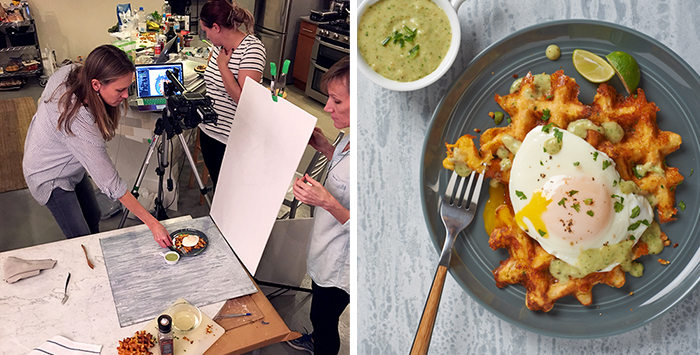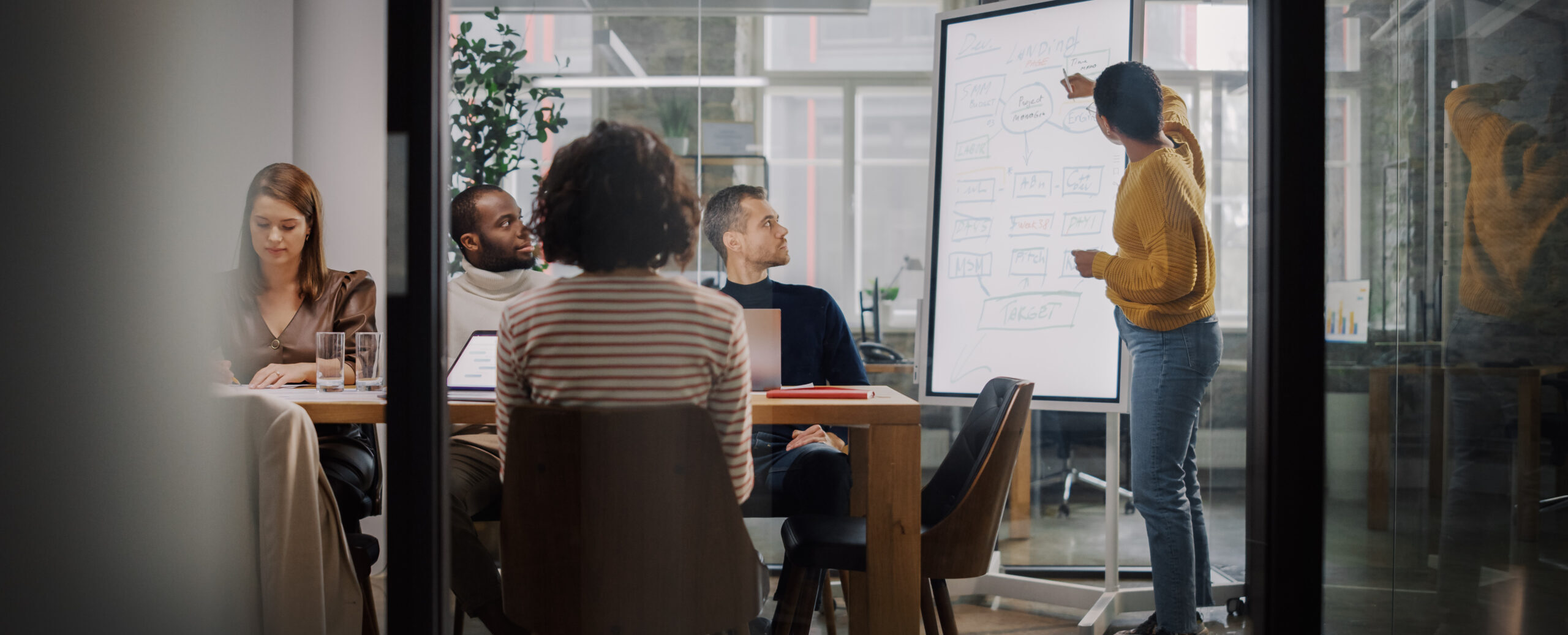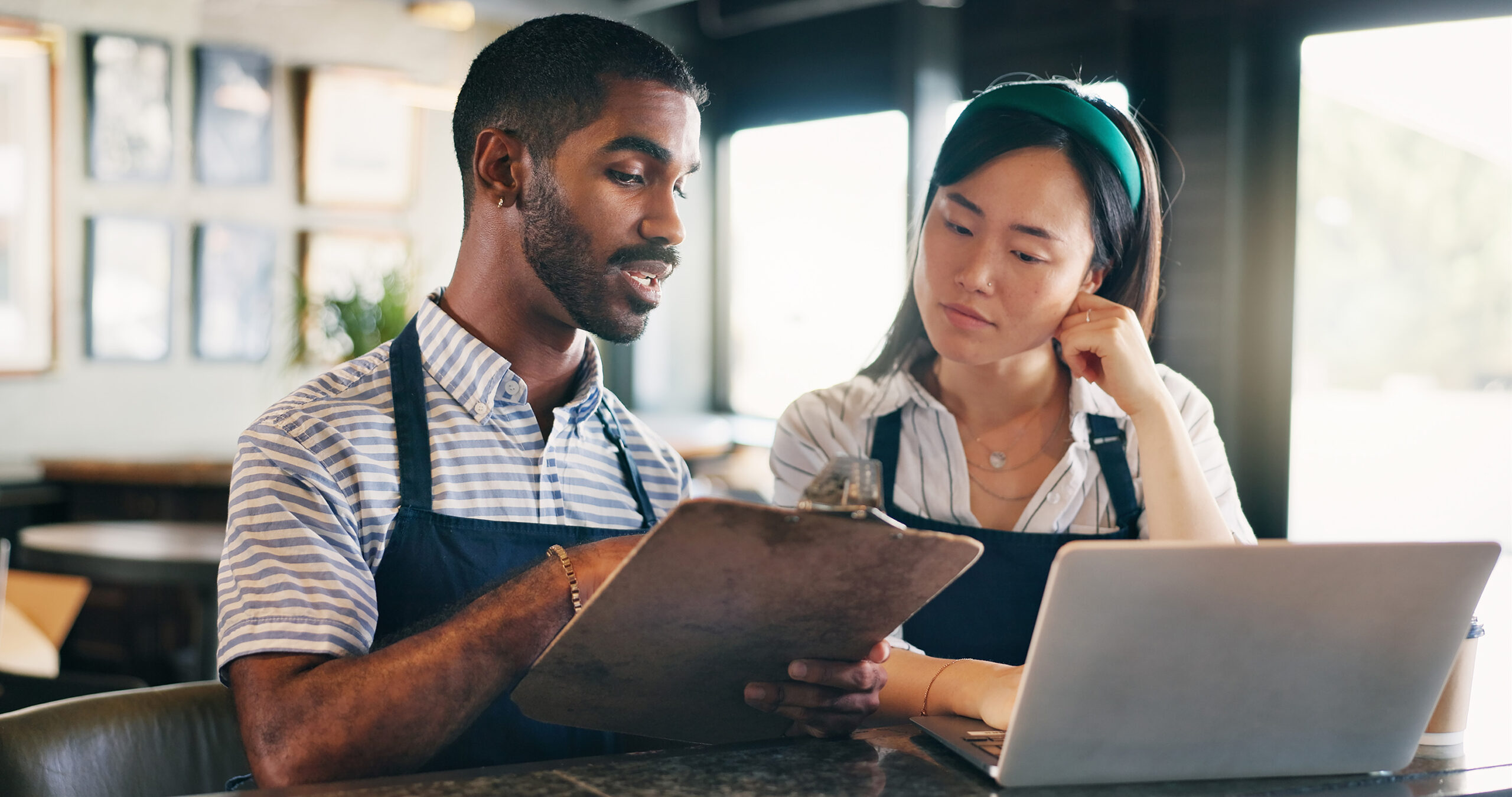Last month, we touched on the important role that photography plays in food marketing. But, let’s rewind a few steps to consider the magic that happens before food even makes it in front of a camera. What—or better yet, who—makes a dish go from ordinary to drool-worthy?
The answer: food stylists. They are the nimble problem-solvers that make food shine for the camera. From having an expert understanding of food properties and cooking techniques, to knowing where to source just the right hamburger bun, food stylists rely on an extensive knowledge base to make food camera-ready. But the job doesn’t end there. Changing photography trends and budgets have forced food stylists to continuously show their adaptability in new ways.
Authenticity, not perfection
Before the boom of food blogs and Instagram, food photography had a very different sense of style. Every element on the plate was analyzed and arranged to be “just so”, and dishes were often adorned with artful garnishes for a flawless finish. But the age of social media prompted a movement toward authenticity for the genre—food that looks more real and unaltered is not only accepted, it’s expected. Today’s food stylists are tasked with creating dishes that appear freshly-plated or “as-is”. “Gone are the days when a slice of cheesecake had razor-sharp edges and every item on the plate was meticulously placed with a tweezer,” says Minneapolis food stylist Beth Emmons. “The challenge in styling today is to create something with a little bit of mess, but not so much that it is unappetizing.”
One stylist, many hats
Despite all that food stylists already have on their plates, reduced marketing budgets are demanding additional responsibilities. We’ve seen food stylists add propping, content planning and art directing to their skill set. So, not only does the food stylist need to track down that perfect hamburger bun, they’re also charged with sourcing the props and surfaces necessary to set the scene for the hero shot. “With the increased demand for photography for social media, combined with lower budgets, it is often up to the food stylist to fill in some gaps,” Emmons explains. “We are often the source of ideas for content, and it is also not uncommon for us to bring props from home to provide additional choices for the client.”
Whether they’re wearing just one hat or juggling between three or four, food stylists are essential for a smooth-running food photoshoot. They bring your hero shot to levels of delectable goodness that will inspire consumers. And, bonus—their expertise will increase the value of your photography investment in the process.
Looking to invest in food photography? Let’s chat.


